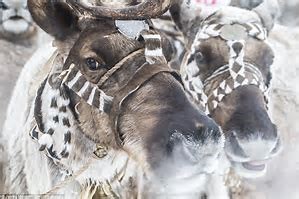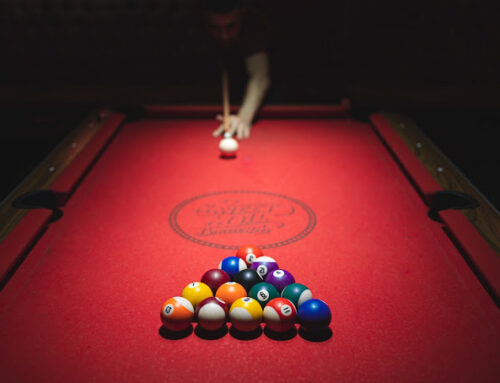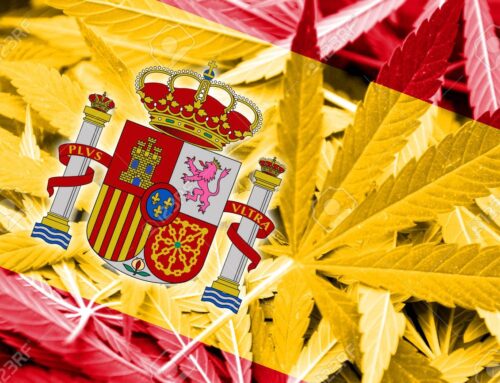We know that humans like getting wasted one way or another look at the number of ways we have developed to get high, drugs and alcohol take your pick. But what about animals? Do they have ways to get out of it? You’ve probably heard about cat nip, maybe drunk elephants, so you know some have ways to get high. Here are some more examples:

The Siberian reindeer native of Alaska enjoys a magic mushroom the amanita muscaria which grows very well in this area. The weirdest part of this particular story is that the local shamans drink the reindeer urine as the chemicals don’t disappear after passing through the reindeer.
The wallabies living in Tasmania have discovered opium, they are adept at finding poppy fields and eating poppies grown for opium by the pharmaceutical companies.
“We have a problem with wallabies entering poppy fields, getting as high as a kite and going around in circles,” the attorney general was quoted in The Mercury newspaper.
Sheep and deer have also been reported as being raving opium fiends.
Drosophila flies allowed entry to an alcohol-strewn “fly pub” not only got drunk – they developed homosexual tendencies. Repeated doses of booze led male flies to start courting other males. The researchers claimed that the finding may reveal how alcohol loosens human sexual inhibitions.
What about bees?
Well bees certainly like to get drunk, as they are very small it doesn’t take much to start them partying, a bit of fermented fruit, a sip of beer or wine left over from that barbecue, and they’re off, but they don’t get the friendliest welcome on their return to the hive as the sober bees have a real go at them and try to kick them out of the hive until they come round!
There is an expression to be as blind as a bat, and we talk about being blind drunk, so what happens when bats get drunk, which they do. Often the fruit that they eat has had a chance to ferment, hence bats are regular alcohol consumers. However, in a study made of drunken bats, they found that they were still able to manoeuvre through an obstacle course using navigation by echolocation.
Bats, on the other hand, know how to handle their drink. Often the fruit they eat has had a chance to ferment, meaning that they are regular consumers of alcohol. But in a study of drunken bats, they could still successfully fly through an obstacle course, using the nifty navigational skills afforded by echolocation.
There are many more examples of animals getting ‘high’ both from natural sources as well as substances ‘stolen’ from humans.







